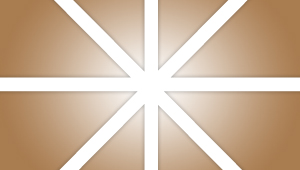Bladder Control / Overactive Bladder
Overactive bladder is caused by the layered, smooth muscle that surrounds the bladder contracts spastically, sometimes without know cause, which results in sustained, high bladder pressure and urgent need to urinate. Normally, the muscle around the bladder contracts and relaxes in response to the volume of urine in the bladder and the initiation of urination.
Symptoms
There are three symptoms associated with an overactive bladder:
- Frequency: the amount of urination
- Urgency: the urgent need to urinate
- Urge Incontinence: the strong need to urinate followed by leaking or involuntary and complete voiding.
Treatment
Treatment may include one or more of the following
- Bladder retraining: a voiding diary is kept of all episodes of urination and leaking and is then analyzed for a pattern of urination. This timetable is used to plan when to empty the bladder to avoid accidental leakage.
- Medication: drugs such as oxybutynin and tolterodine are taken orally to relax the smooth muscle of the bladder, reducing contractions and voiding accidents.
- Sacral Nerve Stimulation: InterStim therapy is a reversible treatment for urge incontinence caused by overactive bladder. InterStim is an implanted neurostimulation system that sends mild electrical pulses to the sacral nerve, the nerve near the tailbone that influences bladder control muscles.
- Bladder Augmentation: a surgery performed to increase the capacity of the bladder by adding bowel segments or reducing the muscle-squeezing ability of the bladder.
Brochures: Johnson & Johnson - "Twenty Minutes to Improved Bladder Control"; AMS Sphincter 800 - Urinary Control System Information Guide




